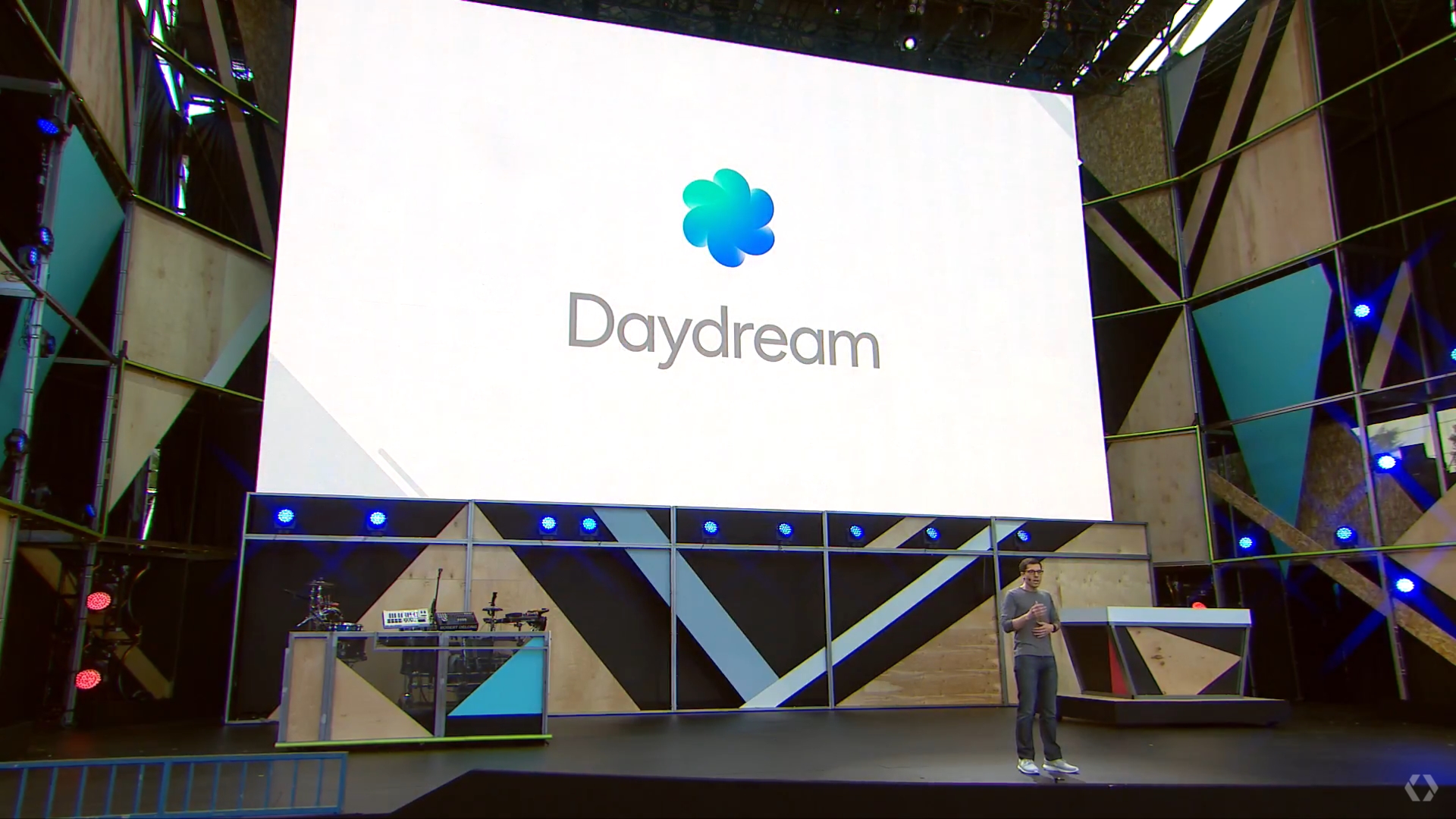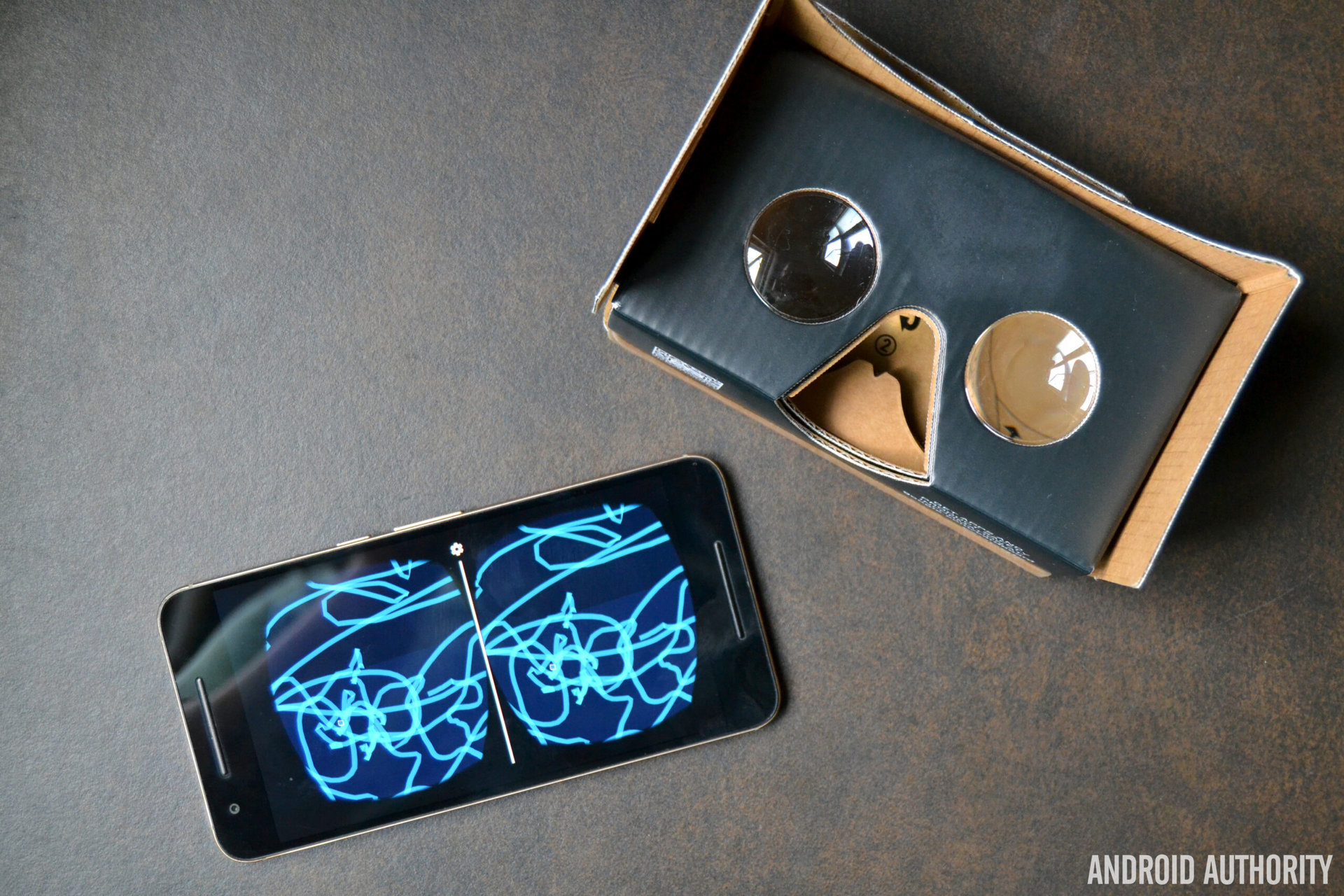Affiliate links on Android Authority may earn us a commission. Learn more.
Current Android handsets unlikely to be deemed Daydream VR ready

With smartphone manufacturers already working on the next generation of handsets that will be designed with Daydream VR in mind, the inevitable question is raised – which existing Android handsets will work with Daydream VR? Unfortunately, the answer seems to be not many, if any at all.
Daydream VR is Google’s latest platform aimed at unifying the virtual reality experience by specifying aspects like hardware and software. The aim is to ensure that no matter what device or app you are running, the experience is consistent and smooth. To achieve this, Daydream VR contains a number of minimum specifications that Android devices must meet in order to be deemed Daydream ready. Although the list of specifications that devices must meet is yet to be published, Google said that it is unlikely that even the latest Android flagships currently on the market will qualify.
“I can tell you that there will most likely not be any ‘retroactively’ Daydream-ready phones,” Google’s VR chief Clay Bavor says. “We want to hold a very high quality bar, and for that to happen all the components need to be just right. So, to VR fans, I would say, hold off for a few months to get your next phone… and get a Daydream-ready phone.”
The advice from Google is that anyone interested in Daydream VR should wait to purchase their next device, at least for a few months, to ensure that it receives the Daydream certification. Despite Google recommending that the Nexus 6P can actually be used as a DIY Dev Kit for Daydream, there is a strong possibility that not even the latest Nexus handset contains all the necessary components to receive the final certification.

With Google advising consumers to hold off on purchasing any devices with the risk of these phones not being powerful enough, the question is raised – What makes a Daydream ready device?

The obvious requirement that will rule out many devices on the market straight away is Android N. This is the first operating system version of Android that has the Daydream VR platform natively built in. It is this VR Mode that optimizes the device performance to sustain virtual reality operation, and without this mode it is unlikely that the VR experience will be fluid. Beyond Android N, the hardware needs to be able to cope with the demand that virtual reality has on the processor, display, and storage.
Headsets like the HTCVive and Oculus Rift rely on tethered connections to powerful gaming PCs for optimal performance, and with Daydream relying on a smartphone instead, the hardware will be heavily impacted. Running VR at 60 FPS on a device that hasn’t been optimized for Daydream runs the risk of overheating or just plain failing quite quickly. As far as the display goes, which again rules out a lot of flagship devices, is the need for low-persistence, high refresh rate displays that Google will likely have as a requirement for Daydream VR.
Keep in mind there’s still a chance your device will get Daydream support, we just wouldn’t place our bets just yet. Of course, even if official support never arrives, the Android modding community tends to be pretty good at finding its way around things. What do you think of this news? If this means that the Daydream VR experience will be all that much better, are you okay with the idea of current flagships getting left in the cold or will this be a deal breaker for you?
This post was originally published at our sister site, VR Source. Be sure to check it out for more details on all things VR!